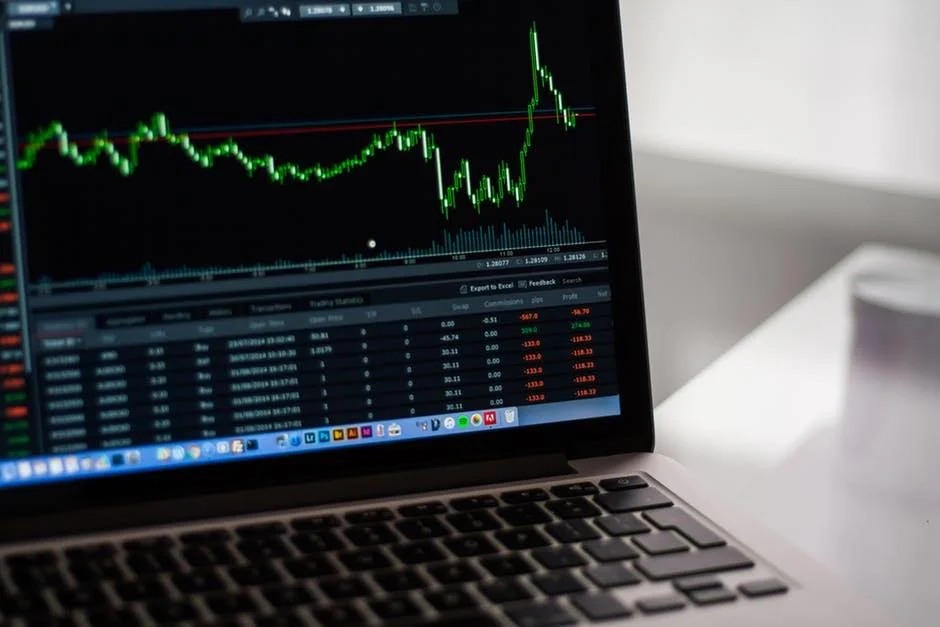In today’s dynamic financial markets, Contract for Difference (CFD) trading has emerged as a versatile instrument for traders looking to speculate on price movements across a wide range of assets. This article aims to delve deeply into the opportunities and challenges presented by CFD trading across different market segments. CFD trading allows investors to capitalise on price movements in various financial markets without owning the underlying assets. Instead, traders enter into contracts with brokers to exchange the difference in the asset’s price from the contract’s opening to its closing.
Understanding CFD Trading
A Contract for Difference (CFD) is a derivative financial instrument that mirrors the price movements of an underlying asset, such as stocks, commodities, currencies, indices, or cryptocurrencies. Unlike traditional trading, where investors physically own the assets, CFD trading involves speculation on price changes without owning the underlying asset itself.
One of the primary advantages of CFD trading is leverage, which allows traders to control larger positions with a smaller initial investment through margin trading. This amplifies both potential profits and losses, making CFDs a powerful tool for traders seeking enhanced exposure to various markets. Additionally, CFDs offer flexibility in trading different asset classes and the ability to execute short-selling strategies easily.
CFD trading differs significantly from traditional methods in terms of ownership and trading strategies. Unlike buying and holding assets for the long term, CFD traders can open positions for short periods to capitalise on short-term price movements, known as day trading or swing trading. This flexibility allows traders to adjust their strategies based on market conditions and economic trends. Check out adss.com for more info.
Opportunities in Different Markets
Trading stock CFDs provide traders with exposure to the price movements of individual stocks listed on major exchanges worldwide. Unlike traditional stock trading, where investors must purchase and own shares, CFDs allow traders to speculate on price movements without owning the underlying assets. This approach enables traders to benefit from dividends and corporate actions, such as stock splits or mergers, without direct ownership.
Forex CFDs enable traders to speculate on the exchange rate between two currencies, such as EUR/USD or GBP/JPY, without physically exchanging currencies. The forex market operates 24 hours a day, five days a week, offering high liquidity and the opportunity to trade major, minor, and exotic currency pairs. Traders can leverage small price movements using margin, allowing them to amplify potential profits from currency fluctuations.
CFDs on commodities allow traders to speculate on the price movements of physical goods, such as gold, oil, natural gas, and agricultural products, without owning the commodities themselves. Commodities are influenced by supply and demand dynamics, geopolitical tensions, weather patterns, and global economic conditions, making them highly volatile and attractive for speculative trading.
Challenges and Risks
One of the primary risks associated with CFD trading is leverage, which allows traders to control larger positions with a smaller initial investment. While leverage can amplify potential profits, it also increases the risk of substantial losses if the market moves against the trader’s position. Margin requirements vary by broker and asset class, requiring traders to maintain sufficient capital to cover potential losses and margin calls.
CFD prices mirror the underlying asset’s price movements, making them susceptible to market volatility and sudden price swings. Rapid market movements can lead to significant profits or losses within short periods, challenging traders to manage risk effectively and adjust their strategies based on market conditions. Volatile markets require disciplined trading approaches and risk management techniques to mitigate potential losses and protect capital.
CFD trading is subject to regulatory oversight in various jurisdictions, with regulations aimed at protecting retail investors from excessive risks associated with leverage and ensuring fair market practices. Regulatory frameworks vary by country, impacting leverage limits, investor protection measures, and market transparency requirements. Traders should choose reputable brokers regulated by recognized authorities to mitigate regulatory risks and safeguard their investments.
Strategies for Success
Successful CFD traders often combine technical analysis (examining historical price charts and technical indicators) with fundamental analysis (evaluating economic data, company financials, and market news) to make informed trading decisions. Technical analysis helps identify price trends, support and resistance levels, and potential entry and exit points, while fundamental analysis provides insights into market fundamentals and macroeconomic trends influencing asset prices.
Traders can use technical indicators such as moving averages, RSI (Relative Strength Index), MACD (Moving Average Convergence Divergence), and Fibonacci retracement levels to identify trading opportunities and confirm market trends. Fundamental analysis involves analysing economic indicators (such as interest rates and inflation), corporate earnings reports, geopolitical events, and market sentiment to assess the intrinsic value of assets and anticipate future price movements.
Conclusion
In conclusion, exploring different markets through CFD trading offers significant opportunities for profit across stocks, forex, commodities, indices, and cryptocurrencies. However, traders need to understand the inherent risks, including leverage, market volatility, and regulatory considerations, before engaging in CFD trading. By leveraging effective strategies, conducting thorough analysis, and implementing robust risk management techniques, traders can capitalise on market opportunities while safeguarding their investments against potential risks.



